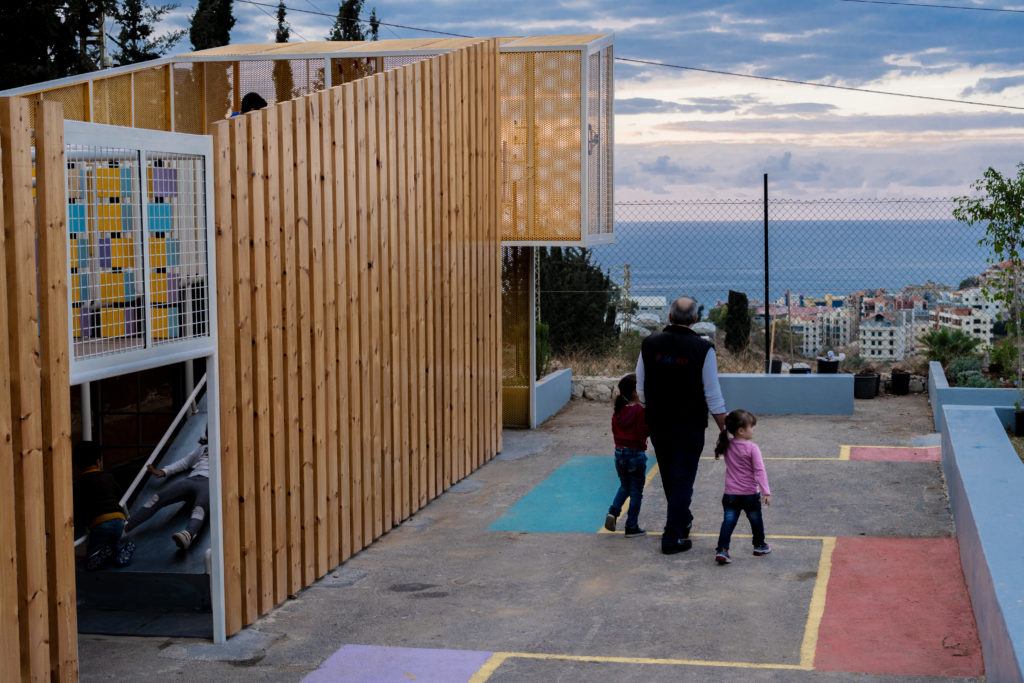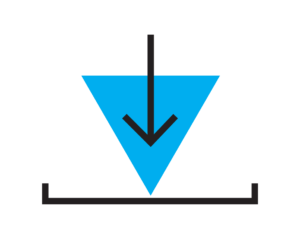
Key points
Careful design and procurement reduce the need for maintenance and its costs, as capacities and materials are available locally.
Regular checks and visits ensure the safe and smooth operation of built interventions.
All built interventions require maintenance. The maintenance plan needs to be part of the planning process and should be discussed among all partners. The key points to consider regarding maintenance are:
- Cost;
- Frequency;
- How to do it;
- Who will do it.
Thinking about maintenance from the early design stages can help with the smooth running of the space. If the design adopts materials that require frequent and costly maintenance but does not plan for it, the durability of the intervention can be compromised. Equally if the partners do not agree on the responsibilities around maintenance during the partnership phase, this can lead to a lack of maintenance which, in some cases, can create hazards. For example, if a timber element mounted at height is not properly maintained, it can fail and fall, causing harm to users.

In displacement contexts characterised by scarce resources and, often, sudden political and socio-economic changes, having an agreed maintenance plan in place does not always ensure that maintenance will be carried out. Therefore such interventions should be designed to reduce maintenance to a minimum by excluding high maintenance materials and components. When an intervention is built in a space where access is controlled (for example a school building), the maintenance is often conducted by the institution running the space. In displacement contexts, this can be an NGO or an agency running education activities. They often have limited resources and may not own the building, again making it important to keep maintenance costs to a minimum.
In the majority of public space interventions, local governments are responsi- ble for carrying out maintenance. Whoever is responsible must be fully aware of the maintenance costs and commit to covering them in the long-term. In displacement contexts, local governments often have limited budgets for maintaining public spaces. Therefore, keeping maintenance costs to a mini- mum is once again important for the durability of the built intervention.
There can be other arrangements regarding maintenance: these two examples present only the most usual situations in contexts of displacement.
In some cases, setting aside funds for future maintenance can be good practice, but this may be difficult as typical funders do not accept project expenses after the main project’s closing date. Therefore, they may be unwilling to support expenses years after the intervention’s construction. A similar challenge relates to the long-term monitoring and evaluation of co- designed built interventions (see step 13).
An important document for the maintenance process is the Operation & Maintenance (O&M) manual. This can be produced by the architect or by the contractor implementing the built intervention.

As highlighted in part A, maintenance is easier when the materials and skills for the built intervention are sourced locally. Regular follow-ups (two-three times per year) help ensure good functioning of the built intervention. The architect can conduct these in person or over the phone (when possible). Even though there may not be funding allocated for this phase, the negative consequences of not conducting follow-ups can be greater than financial savings from not revisiting the projects. If built interventions by NGOs are not properly maintained, this can lead to reputational damage and potentially put beneficiaries in danger. When projects are built through participatory design, participants can also help in monitoring the use of the space and report issues.



